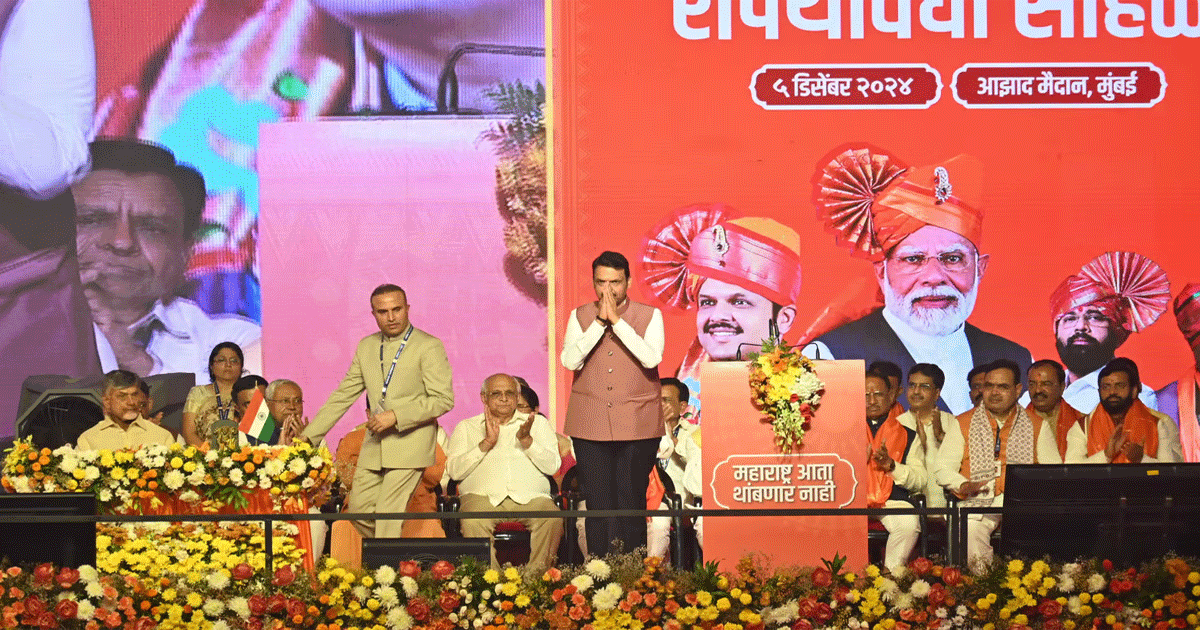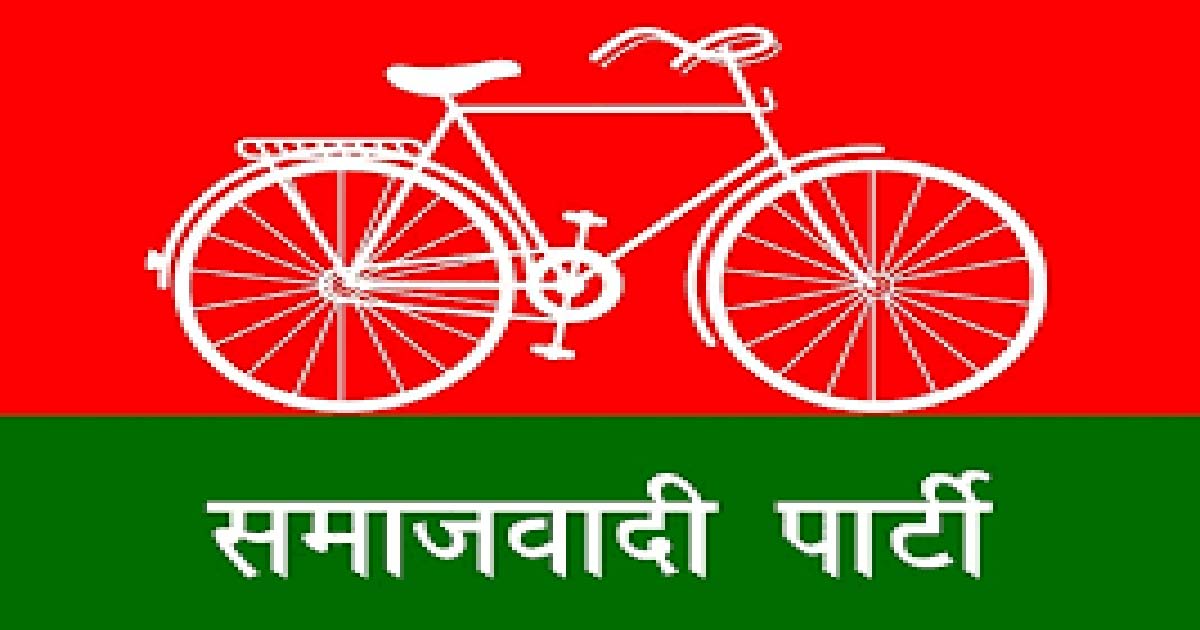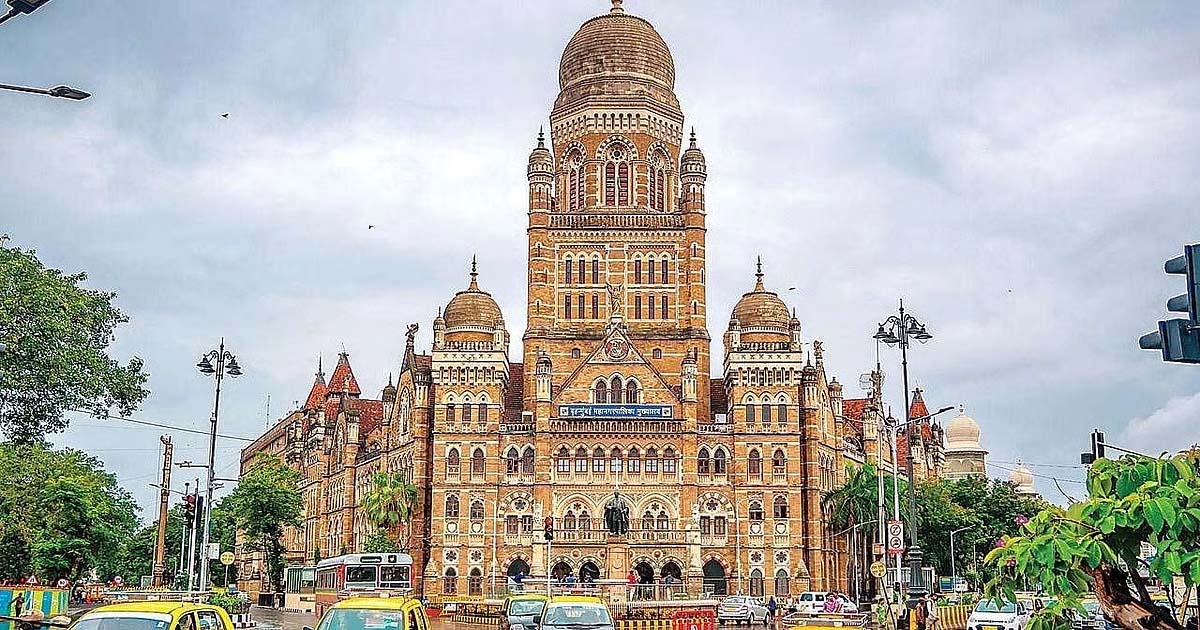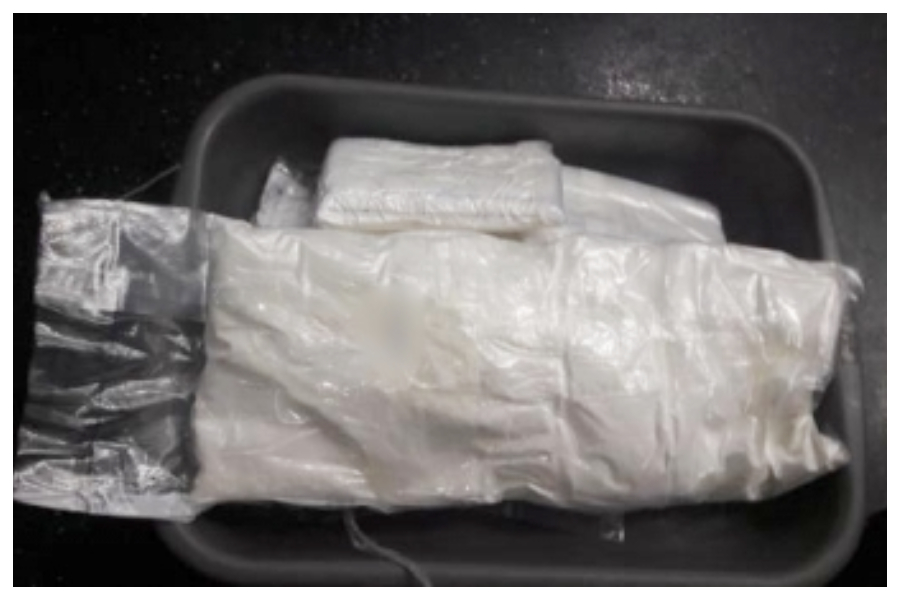Maharashtra
From Reviving Mega Projects To Handling Financial And Water Crisis: Tough Decisions Ahead For Maharashtra CM Devendra Fadnavis

Maharashtra’s 21st chief minister Devendra Fadnavis (54) is facing several challenges which will put pressure on his administrative skills in the extreme.
For starters he will have to revive two big ticket projects which were booted out by the erstwhile Uddhav Thackeray government. One is the Rs 3 lakh crore oil refinery and petrochemical project which was first to come up with investment from the Saudi oil major ARAMCO at Nanar and later shifted to Barsu in the Konkan belt. This mega project would have given a major boost to the state’s economy. But the MVA government led by Uddhav Thackeray vetoed it on environmental grounds. The other project is the Jaitapur atomic power project which the French behemoth Areva was keen on implementing at a cost of Rs 1.12 trillion. With a capacity of 9,900 MW it was to be the biggest nuclear power plant in the world. The MVA said “nakko” (No) to this venture too despite the enormous benefits that would have accrued from it. On the one hand the MVA was complaining about large projects going to Gujarat whereas it was putting the brakes on mega projects in Maharashtra itself.
Fadnavis’ task would be to revive both these projects. The opposition is certain to prod the local villagers into agitation. Here the new CM’s skills at negotiation will have to be used to take the locals on board.
The state is facing a maha public debt of Rs 7.82 lakh crores of which the state has to repay Rs 2.75 lakh crores in the coming seven years. While the state ranks first in terms of foreign direct investment (FDI) in terms of public debt is second only to Tamil Nadu. Populist schemes like Ladki Bahin, on which there is an outlay of over Rs 40,000 crores, have majorly added to the financial burden of the state. It has a bloated and inefficient bureaucracy whose salary bill will shoot up to Rs 1.59 lakh crore in the next three months. The pension burden will be Rs 74,011 crores and interest payment is expected to rise to Rs 56,727 cr. Fadnavis will be required to take tough decisions to bring financial discipline.
Though Maharashtra is perceived as a developed state the fact is that only seven of its 36 districts contribute significantly to its GDP. The World Bank, which sanctioned a $ 188.28 million loan to the state early this week, noted that these seven districts contribute to over half the $ 500 billion state’s GDP.
The other challenge will be to meet the acute water shortage in most parts of the state. Fadnavis had started implementing the revolutionary Jalyukt Shivar Yojana, but it was scrapped by the MVA government. The scheme aimed to provide for rainwater harvesting which was expected to rid 5,000 villages of water scarcity each year. Several questions have been raised regarding the success of this ambitious programme which was expected to drought proof Maharashtra. According to the Centre for Science and Environment, Delhi, the programme has created 24,000 cubic metres of water storage with an irrigation potential of 3.4 million hectares. “That is just enough to provide 487 people with water for an entire year calculated as per the 135 per capita per day norm….” the Centre stated in a report.
Fadnavis needs to prioritise the completion of the Gosikhurd irrigation project in Vidarbha which has an annual irrigation potential of 2,50,800 hectares. It has been a work in progress for the past 40 years and its deadline was extended for the sixth time. It is now expected to be completed in June, 2026. This project can boost farm income substantially for millions of farmers and also put an end to the spate of farm suicides. Over 14,000 farmers have ended their lives and this constitutes 37.6 percent of farmer suicides in the country. The CM is from Vidarbha and hence he has an extra responsibility to ensure the speedy completion of the project.
Over 11,000 state government employees have got their jobs on the basis of fake scheduled tribe certificates. Despite a Supreme Court order the government has not taken criminal action against these employees who have deprived genuine ST candidates of jobs in the government. In fact the government has been treating these criminal employees with kid gloves. If Fadnavis is to provide a clean administration then it should file criminal cases for forgery against all these persons.
In Mumbai, an activist Kalmalakar Shenoy unearthed a Rs 40,000 Cr scam involving several builders and officials of MHADA. Under rule 33 (7) of the Development Control the state government had given additional incentives to builders to redevelop dilapidated buildings in Mumbai. They were to surrender a portion of the flats in the reconstructed buildings to MHADA. But hardly any of them did that and MHADA did precious little to recover the flats from them. Shenoy moved the Bombay high court which ruled in his favour. Shockingly the state government has gone in appeal against this judgement of the Bombay high court even though it is in favour of MHADA. Fadnavis should immediately withdraw the appeal, initiate criminal proceedings against the builders and MHADA officials concerned and recover the Rs 40,000 crores pocketed by them. This is the least he can do to restore public confidence in the government.
Maharashtra
Mumbai BMC Elections Samajwadi Party’s first list released but no decision on ward number 211

Mumbai: In the Mumbai municipal elections, Mahayoti and Maha Vikas Aghadi have not yet reached an electoral agreement, while the Congress Party, Samajwadi Party and AIMIM have released their first list of candidates for the municipal corporation. The Samajwadi Party has released the first list of 21 candidates, in which Zeb-un-Nisa Malik has been appointed as the candidate from 213, along with Shahzad Abrahani from 212. There is a tug of war going on in the Samajwadi Party over ward number 211, so the party has not announced its candidate for this ward. SP leader Raees Sheikh has also introduced his brother Salim Sheikh as a candidate for this ward. The Samajwadi Party has not yet taken any decision regarding the ticket in this ward, while the candidature of Raees Sheikh’s brother is also being opposed. Local women have opened a front against Raees Sheikh and have also submitted a claim for the SP candidacy. In such a situation, who will be given a candidate from 211 in the Samajwadi Party is still pending. Samajwadi Party had announced to separate from Maha Vikas Aghadi and contest the elections alone, while Uddhav and Raj Thackeray have also reached an electoral understanding. Along with this, Ajit Pawar and Sharad Pawar’s NCP is also in talks regarding an electoral understanding. If there is an electoral understanding between Ajit Pawar and Sharad Pawar, then the Congress party is ready to contest the elections alone, this has been claimed by Congress leader Jaya Witward. In the Mumbai BMC elections, every political party is trying to outdo each other, while the two brothers have formed an alliance on the issue of Marathi Manas and banners of Marathi Manas being united are also being displayed in Mumbai city.
Maharashtra
Mumbai Municipal Corporation general elections: Attendance at election training mandatory for officers and employees, criminal action will be taken against absenteeism

Mumbai: Municipal Corporation All officers and employees involved in the election process will be provided with necessary training to conduct the general elections in a transparent, fair and smooth manner. Training sessions have been organized from Monday 29th December 2025 to Monday 5th January 2026. The date, time and venue of the training have been intimated separately to all the concerned officers and employees. It is mandatory for the officers and employees to attend this training. The Municipal Corporation Administration has issued a strict warning that as per the instructions of the Hon’ble State Election Commission Maharashtra, criminal action will be taken against the officers and employees who are absent from the training or do not follow the orders. The State Election Commission, Maharashtra has announced the election schedule for the Municipal Corporation General Elections 2025-26. The voting process for the Municipal Corporation General Elections will be on Thursday 15th January 2026 from 7.30 am to 5.30 pm. Also, the counting process and results will be declared on Friday 16th January 2026 from 10 am.
All the stages related to the election process have been strictly planned to conduct the Municipal Corporation General Elections in a completely transparent, fair and smooth manner. Since it is necessary to provide necessary training to the Polling Station President (PRO), Assistant Polling Station President (APRO), Polling Officer (PO) and the employees involved in this election process, special training sessions have been organized by the Municipal Administration. This training session has been organized from Monday, December 29, 2025 to Monday, January 5, 2026. Training will be implemented in various stages during this period. The training will provide detailed guidance on the responsibilities of the election process, code of conduct, voting and counting process, legal matters and steps to be taken in emergency situations. The main objective of the election training is to make the election process credible and transparent by avoiding any kind of error, ambiguity or malpractice.
The date, time and venue of the training have been communicated to all the concerned officers and employees through separate appointment orders. It is mandatory for all officers and employees to attend this training. Absence will not be accepted for any reason. As per the directions of the State Election Commission, the Municipal Corporation Administration is giving a strict warning that officers and employees who are absent from the training session, do not comply with the orders or fail to perform their duties in the election process, will be subject to disciplinary action including criminal proceedings under Section 28 (a) of the Mumbai Municipal Corporation Act, 1888. Please take this matter very seriously and attend the training and discharge your duties honestly.
Crime
मुंबई के पायधोनी में करोड़ों रुपये के ड्रग्स के साथ 9 आरोपी गिरफ्तार, इनमें 3 महिला तस्कर भी शामिल

मुंबई : ड्रग्स के खिलाफ एक बड़े ऑपरेशन में, पायधोनी पुलिस ने 1 करोड़ रुपये से ज़्यादा की हेरोइन ज़ब्त करने और दो पुरुष और दो महिला ड्रग पेडलर को गिरफ्तार करने का दावा किया है। जानकारी के मुताबिक, 16 दिसंबर को दोपहर 2:30 बजे पायधोनी पुलिस स्टेशन की सीमा में पी.डी.मेलो रोड पर एक सर्च के दौरान, 37 साल के राम नटवर ठक्कर और 27 साल के वसीम सैयद के पास से 326 ग्राम से ज़्यादा हेरोइन बरामद की गई। आरोपियों को गिरफ्तार कर लिया गया और उन पर एनडीपीएस एक्ट के तहत मामला दर्ज किया गया। जांच के दौरान, आरोपियों ने बताया कि वे ड्रग्स कहां से लाए थे। उसके बाद, पुलिस ने 30 साल की रुबीना सैयद को गिरफ्तार किया। उसने बताया कि वह शबनम शेख के संपर्क में थी। उसे राजस्थान के अजमेर से गिरफ्तार किया गया। जब यह पता लगाने के लिए जांच की गई कि इन दोनों महिलाओं ने ड्रग्स कहां से हासिल किए थे, तो शबनम शेख को ड्रग्स बेचने वाले व्यक्ति, मुस्कान समीउल्लाह शेख 19 साल को मस्जिद बंदर इलाके से गिरफ्तार किया गया। पुलिस को जानकारी मिली थी कि अब्दुल कादिर शेख और मेहरबान अली मुस्कान को ड्रग्स सप्लाई करने आ रहे हैं, जिस पर पुलिस ने जाल बिछाकर अब्दुल कादिर को गिरफ्तार कर लिया। उसके पास से ड्रग्स भी बरामद हुए। जोगेश्वरी में उसके घर की तलाशी के दौरान नवजीत गुलाबी खान, शारिक सलमानी, समद गुलाबी के पास हेरोइन मिली। उनके पास से कुल 33 करोड़ से ज़्यादा कीमत के ड्रग्स ज़ब्त किए गए। इस ऑपरेशन में पुलिस ने तीन महिलाओं और 6 पुरुषों को गिरफ्तार किया और करोड़ों रुपये के ड्रग्स ज़ब्त किए। यह ऑपरेशन मुंबई पुलिस कमिश्नर देविन भारती के निर्देश पर डीसीपी विजय सागरे ने किया।
-

 Crime3 years ago
Crime3 years agoClass 10 student jumps to death in Jaipur
-

 Maharashtra1 year ago
Maharashtra1 year agoMumbai Local Train Update: Central Railway’s New Timetable Comes Into Effect; Check Full List Of Revised Timings & Stations
-

 Maharashtra1 year ago
Maharashtra1 year agoMumbai To Go Toll-Free Tonight! Maharashtra Govt Announces Complete Toll Waiver For Light Motor Vehicles At All 5 Entry Points Of City
-

 Maharashtra1 year ago
Maharashtra1 year agoFalse photo of Imtiaz Jaleel’s rally, exposing the fooling conspiracy
-

 National News1 year ago
National News1 year agoMinistry of Railways rolls out Special Drive 4.0 with focus on digitisation, cleanliness, inclusiveness and grievance redressal
-

 Maharashtra1 year ago
Maharashtra1 year agoMaharashtra Elections 2024: Mumbai Metro & BEST Services Extended Till Midnight On Voting Day
-

 National News1 year ago
National News1 year agoJ&K: 4 Jawans Killed, 28 Injured After Bus Carrying BSF Personnel For Poll Duty Falls Into Gorge In Budgam; Terrifying Visuals Surface
-

 Crime1 year ago
Crime1 year agoBaba Siddique Murder: Mumbai Police Unable To Get Lawrence Bishnoi Custody Due To Home Ministry Order, Says Report












